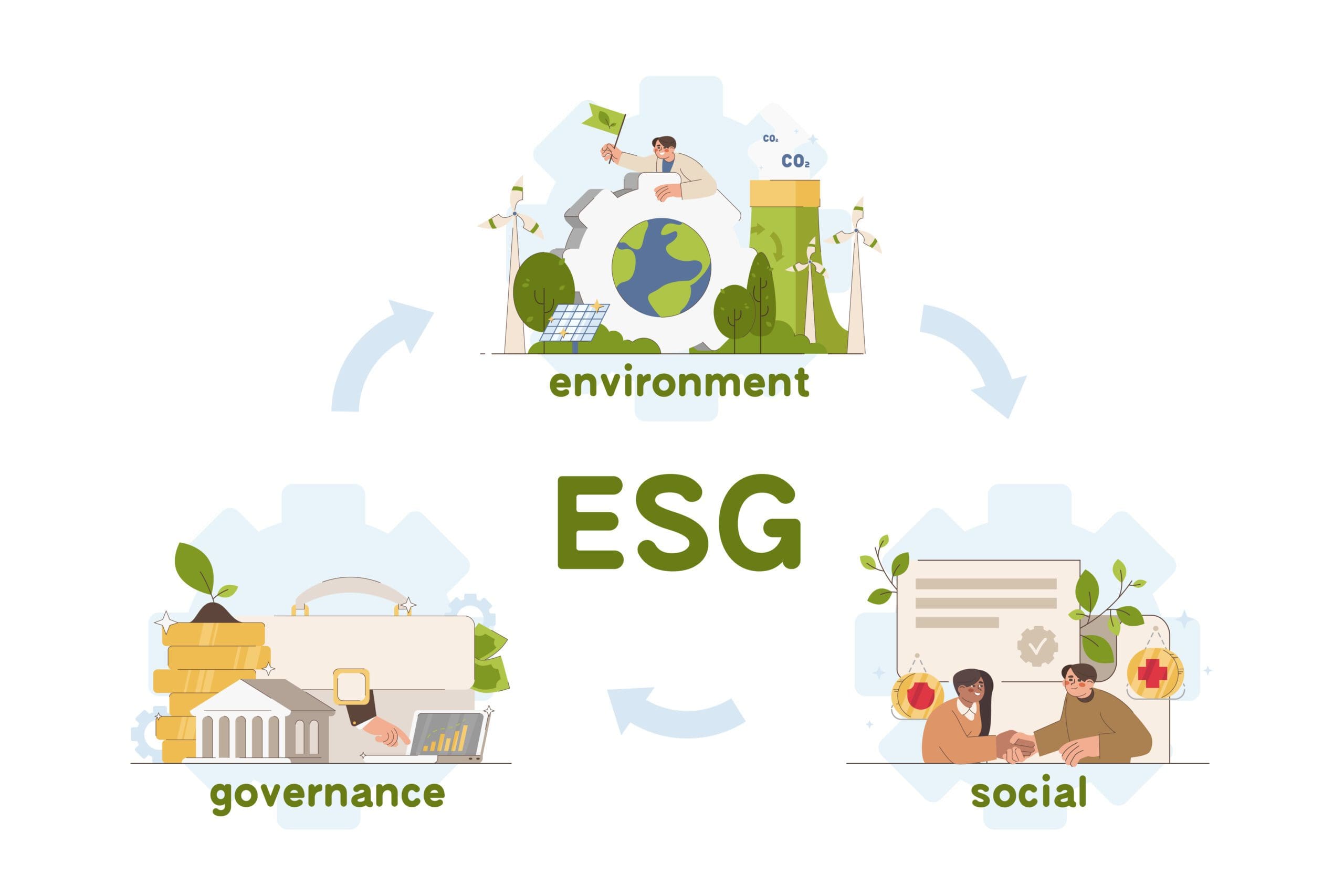Corporate ESG, also known as Environmental, Social, and Governance, has become a critical aspect of business for companies worldwide. Many organizations are increasingly interested in implementing an ESG strategy because it has positively impacted financial performance and stakeholder engagement.
This blog post will examine ESG, its benefits, and the different strategies companies can implement. Read on to learn more.
Defining ESG & Its Benefits
ESG refers to a set of standards companies use to evaluate their performance in three critical areas: environmental, social, and governance. Implementing a corporate ESG strategy can have numerous benefits, including improved brand reputation, increased stakeholder trust, and enhanced financial performance.
By taking proactive measures to reduce environmental impact, companies show their commitment to protecting the planet. Simultaneously, addressing social issues such as equal employment opportunities and fair labor practices leads to their responsibility to society. Ultimately, corporate ESG strategies and their benefits can protect and benefit corporate reputation while providing competitive advantages.
Identifying Potential Goals & Strategies
One of the first steps companies must take when implementing a corporate ESG strategy is identifying their specific goals and strategies. For example, a company may focus on reducing its carbon footprint or increasing diversity.
One such strategy is the implementation of Corporate Social Responsibility (CSR) initiatives. CSR refers to companies’ actions to address social, economic, and environmental issues in their business operations. When implementing corporate ESG, choosing the goals and strategies that align with the company’s core values and mission is essential.
Implementing an ESG Strategy
Once the goals and strategies are identified, it is necessary to take the steps needed to implement the ESG strategy. This requires an integrated approach encompassing all business operations, from the boardroom to front-line employees.
It is essential to appoint an ESG team of cross-functional individuals responsible for overseeing the implementation process. The team should then comprehensively evaluate the existing operations, identify gaps, and develop an action plan.
Measuring Progress & Reporting Results
To maximize the benefits of ESG strategies, companies must measure progress consistently and report results accurately. Tracking progress allows organizations to determine if they are on track to meet their goals and make any necessary adjustments. In addition, reporting the results transparently to stakeholders and the public underscores the company’s commitment to ESG and provides valuable insights into the company’s performance.
Communicating Your Company’s Impact
Communicating ESG initiatives and progress to stakeholders, employees, and the public is critical. Developing and executing an effective communication strategy allows companies to increase awareness of ESG initiatives and their impact, creating positive brand awareness and ultimately inspiring stakeholder buy-in. Sharing how ESG initiatives have contributed to the company’s success fuels engagement and makes a greater sense of purpose.
Looking Ahead
The world of ESG continues to evolve, and companies need to stay ahead of the curve to remain competitive. Future trends in ESG include an increased focus on climate change, greater diversity, equity and inclusion, and the adoption of new technological innovations. By staying informed and adapting to the changing ESG landscape, companies can maximize their ESG strategies’ benefits.
Exploring Corporate ESG Strategies: Wrap Up
Implementing an ESG framework can help companies achieve their goals while producing long-term value for stakeholders, dependents, and the environment. Companies can create positive change by focusing on strategies that align with their mission and values.
They can also increase financial performance and earn the trust and loyalty of stakeholders. With careful planning, tracking, and communication, companies can achieve measurable success with ESG strategies and, ultimately, position themselves for success in the future.
Featured Image by redgreystock on Freepik





